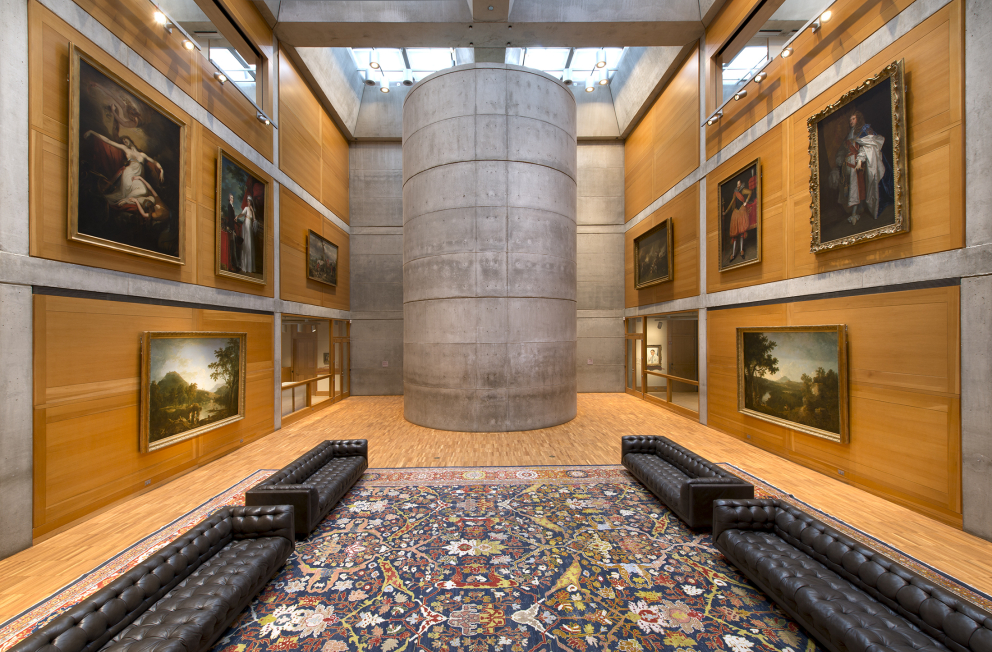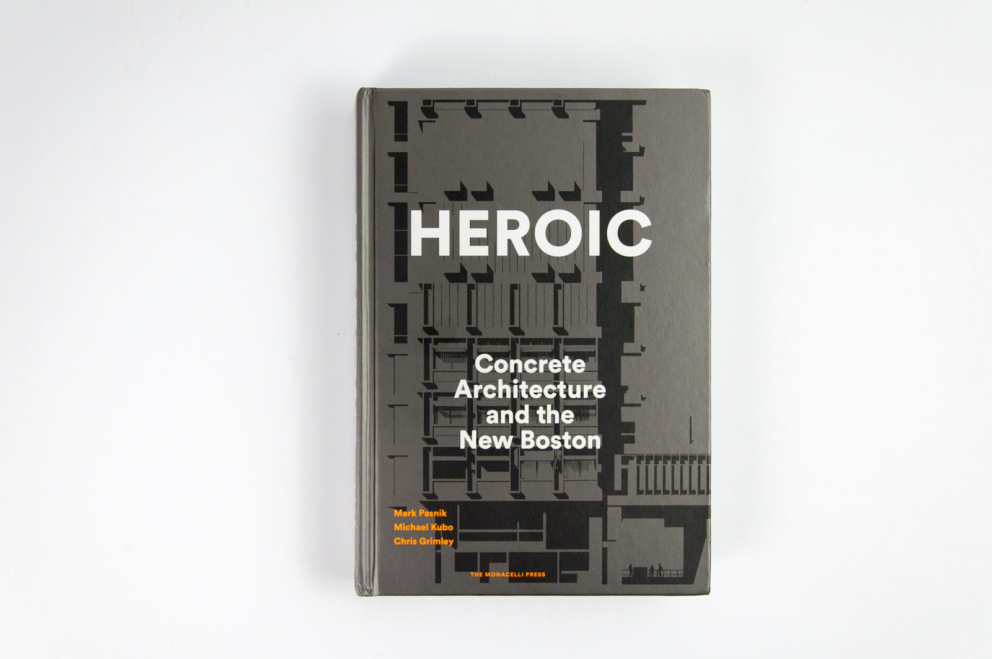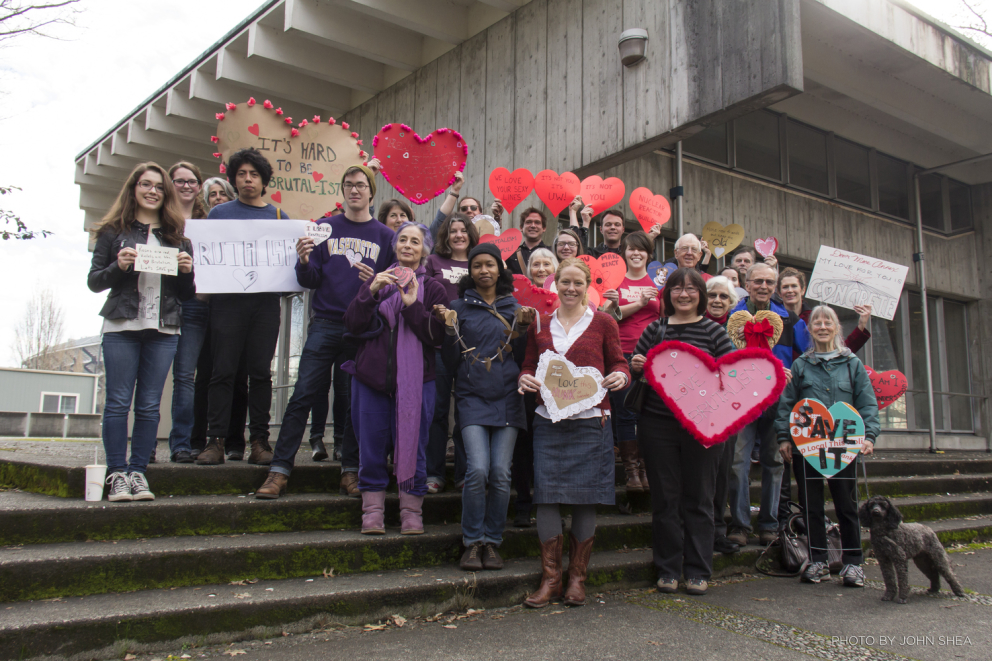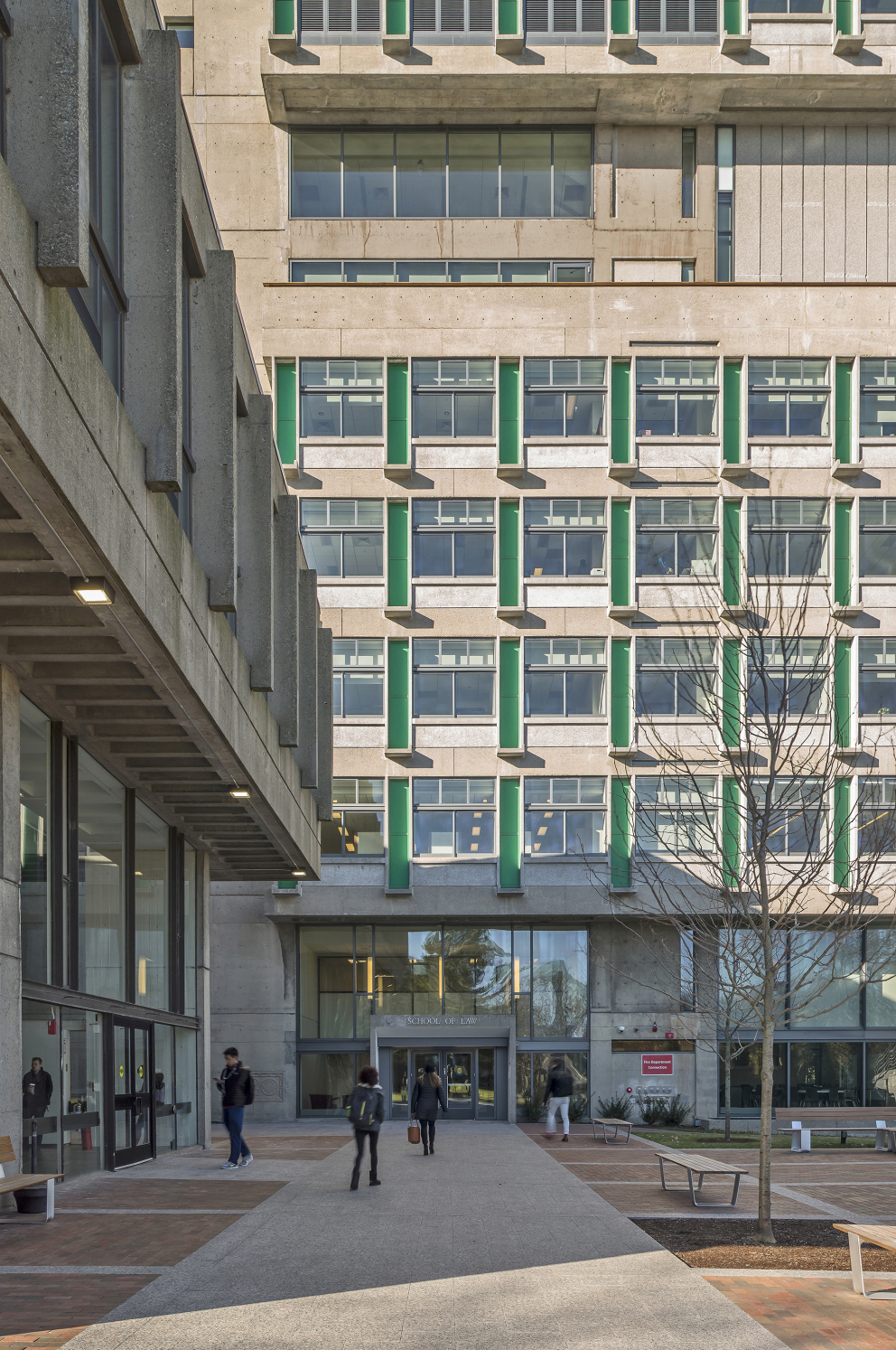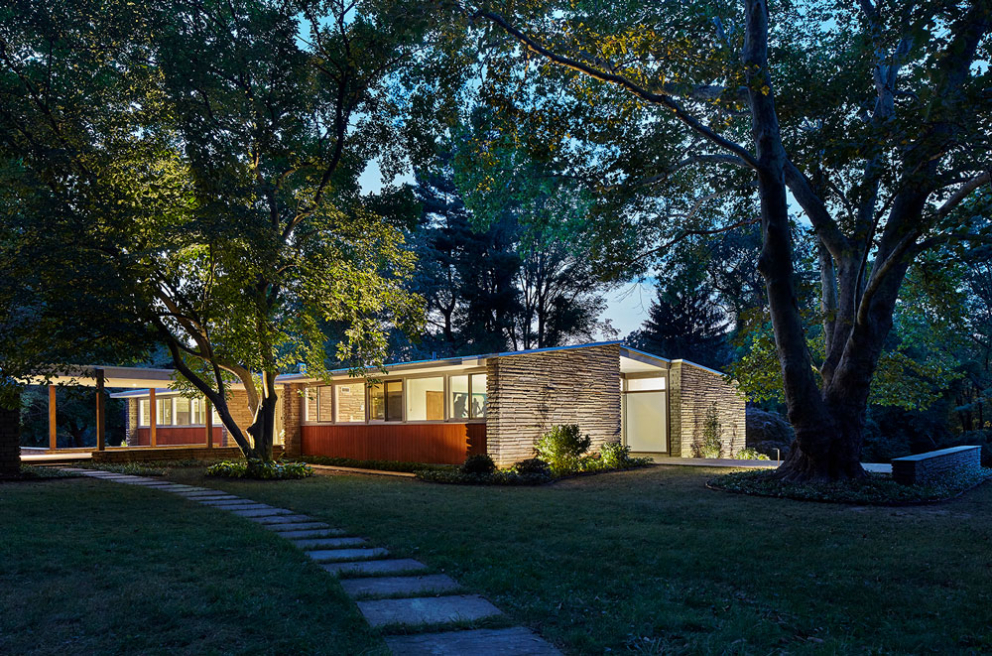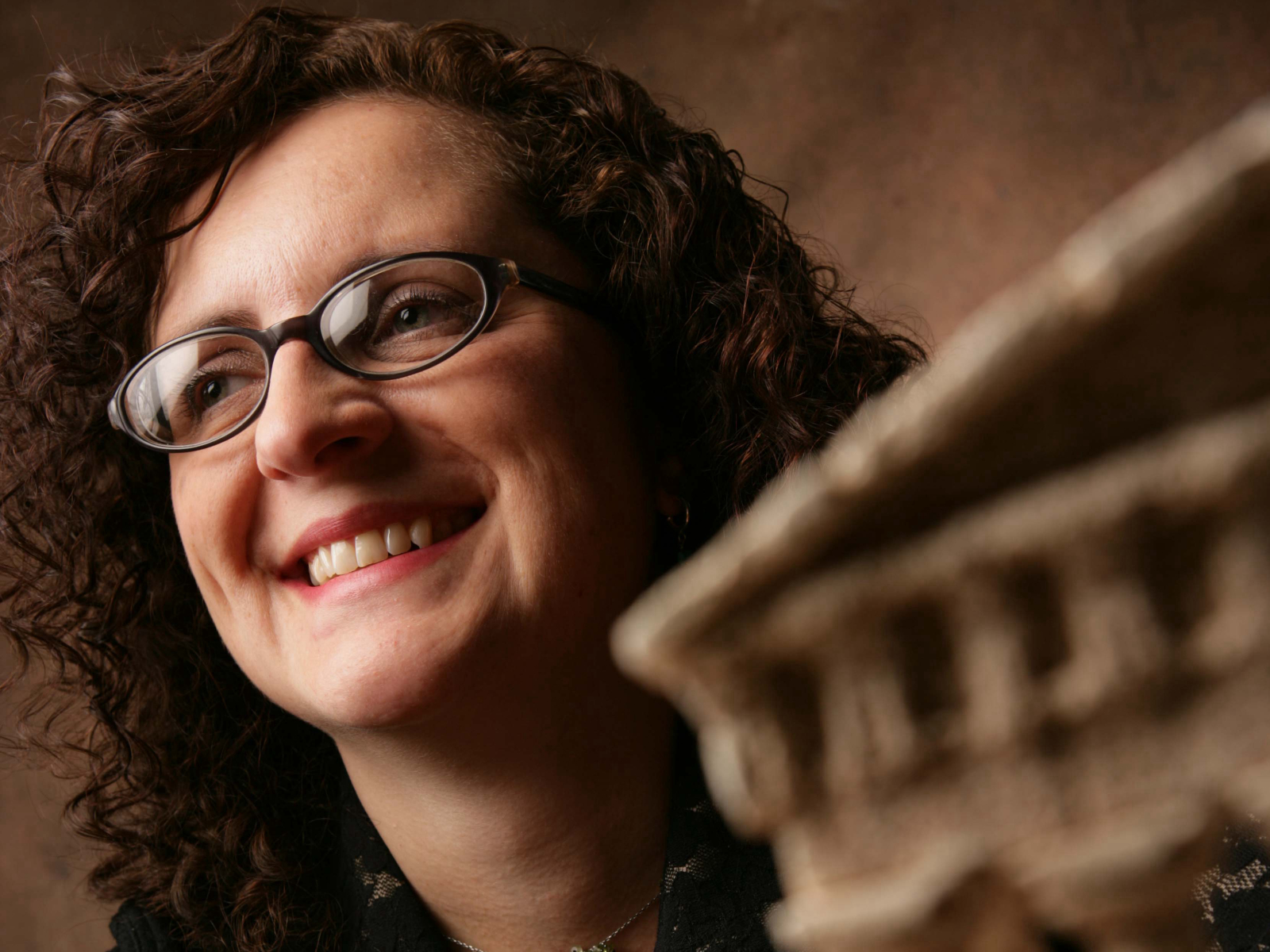Docomomo US is pleased to announce nine winners of the 2017 Modernism in America Awards program. These exemplary projects represent the highest level of preservation efforts and the growing trend to not only preserve but to document and share those findings with the public.
The projects recognized for the Modernism in America Awards highlight the diversity of important modern buildings and sites – not only the iconic but also those that are regionally significant - and the increasing importance of regional forces and development.
Bell Works and other projects emphasize the importance of partnerships between owners, architects and the community coming together to save and reinvigorate architecture that at one point faced demolition. They highlight the best of preservation practices where preservation often comes with complex financial viability and the need to adapt or add to a project in order for the whole to remain viable.
As modern architecture continues to age and face threats of demolition or insensitive restoration, it is paramount to recognize that these projects can be preserved in a meaningful and productive ways that enhances their presence and value in their respective communities.


